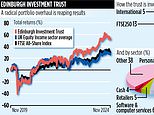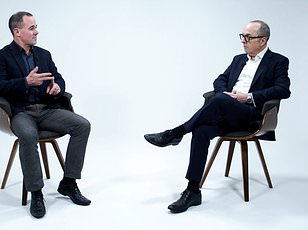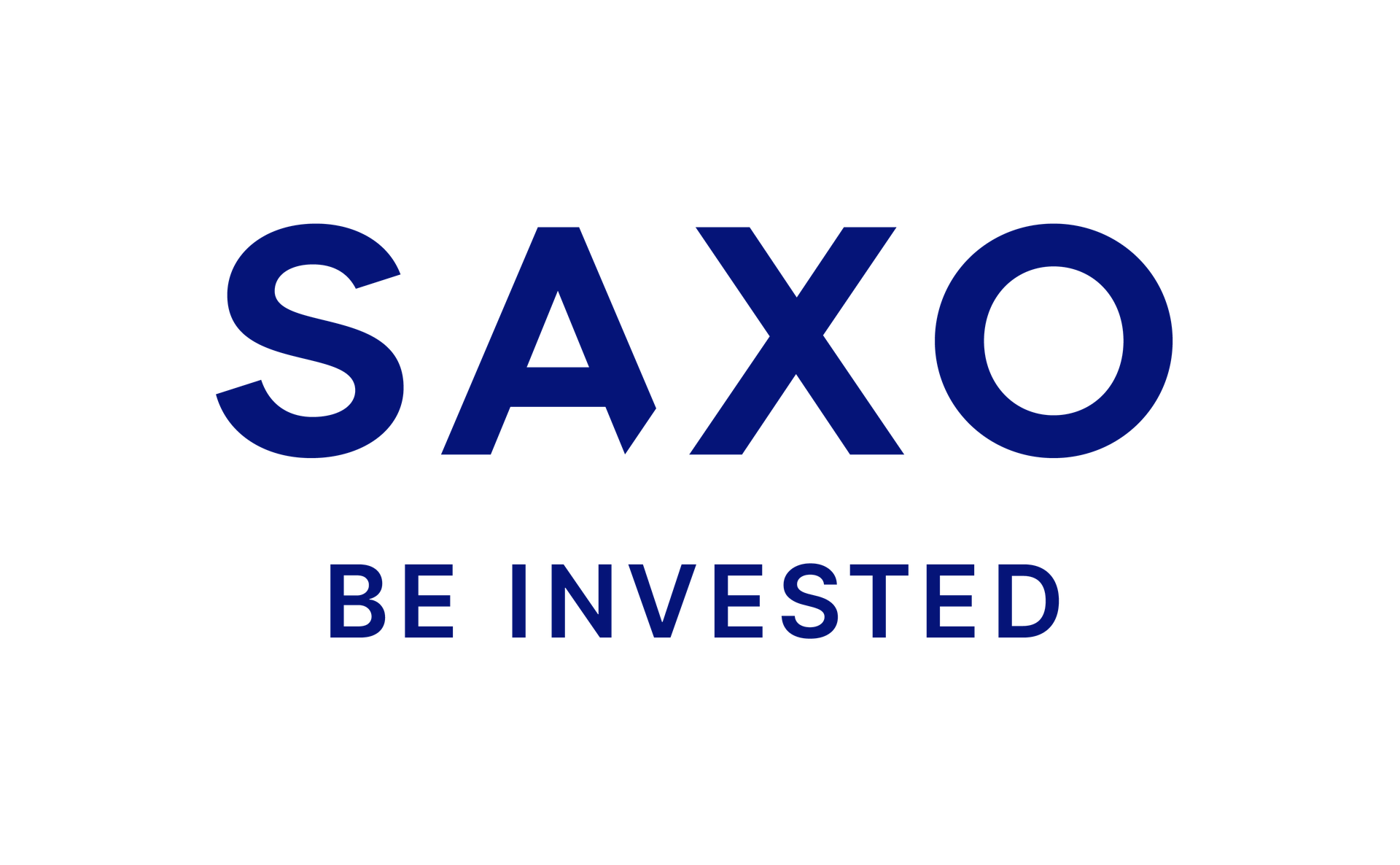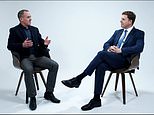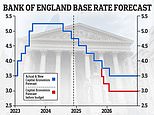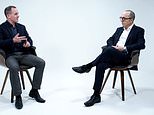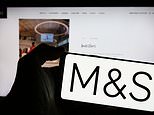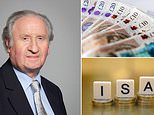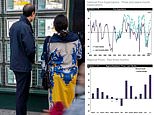I started investing £25 a month when I was on £21,000 a year - now I've got almost £200,000
When I first started investing, I was clueless. I was in my mid-twenties living in a rented Cambridge flat and in my first marketing job since university, earning £21,000 a year. With student loans to pay and a desire to have fun (now I finally had some money), saving for the future wasn't top of my agenda.
When you're young you don't think about being old (or at least I didn't). I remember as a child thinking my nan was ancient – she was probably only in her mid-50s – and retirement was just so far away I didn't even understand the concept of it, or how it would apply to me.
I remember my dad (who used to have his own retail business) talking about tax, and I knew it was something I should know more about.
As I'd just started working full-time in a proper 'career' job, I was paying tax for the first time. I will admit the amount of deductions irritated me. After the student loan repayments, National Insurance and tax, my net take home was a lot less than my gross and I felt a bit robbed.
How could I keep more of it? And that's where the tax-free bit of the Isa tempted me. Given I'm not a gambler, I was unsure how it would pan out, but I figured I'd try £25 per month, the amount I was prepared to lose, to keep more of my money.

Pay yourself first: The mantra has served Samantha, inset, well and she can now afford a Lamborghini
Stocks and shares investing wasn't really a topic of conversation with my friends or my family, so I didn't tell anyone what I was doing.
At the start of the millennium, there weren't so many online providers so I chose the website that was easiest to use – which in my case was Fidelity.
The first fund I chose was Marlborough Special Situations which said it aimed to increase the value of your investment, which is pretty standard fare.
It had performed well but I heeded the warning that past performance isn't a guarantee for future results and set up a £25 a month standing order.
And then I put it out of my mind. I'd read that investments shouldn't be checked too often as people can react badly when the stock market is down, so I took that advice.
It was about seven years later when I checked the account, likely nudged by a news story and I was shocked to see I had more than £4,000. I couldn't believe my £25 a month punt had grown so much.
At that point I was still very much a novice, and it was only later I learned that by always putting in £25 per month, I was doing something called 'pound cost averaging'. That means regular investments smooth out market fluctuations, and you get an average purchase price over the investment timeframe.
When I saw the size of my tax-free pot – which was enough to buy a decent second-hand car – I decided I didn't want to gamble any more and this was now a sum I was not prepared to lose.
Being clueless, was no longer an option so I read finance books about how I could grow my money. When I'd originally bought my fund, I hadn't paid much attention to the fees being charged – only the fund performance.
I had an actively managed fund, which means I was paying for an expert fund manager to choose and manage the stocks.
I then switched to a passive tracker fund because they had much cheaper fees at less than half of one per cent. Passive tracker funds simply track the performance of different investments in an index rather than a person managing them. I'd learned these funds often do as well as – if not better – than actively managed ones so I decided to save on fees.
Picking a fund is scary but also exciting, and I found the graphs on the Fidelity website really helpful. I liked comparing the performance of funds over different time frames because you could put in up to 15 funds and then visually it would show how it performed over time and how much a £1,000 investment would be worth.
To me, it sounded like magic money so I upped my monthly investment to £300 and started reading more.
My next lesson was how as an investor I had a 'domestic bias'. It means because I live in the UK, I'm more likely to invest in UK stocks and shares rather than diversifying and investing according to the world economy.
So I looked for funds that would be more reflective of the global economy, upped my standing order to £500 a month and bought more passive trackers. This time I bought Vanguard FTSE Developed World Excluding UK; Vanguard LifeStrategy 40% Equity, and Fidelity Index Emerging Markets.
Then a couple of years ago over a pub lunch with a friend the topic of investments came up. I mentioned the Isa I had.
It was then I learned my next big lesson: check the fees of the platform provider. I'd always been a loyal customer of Fidelity, but my friend said I was paying a percentage fee on my investment and – because of the size of my portfolio – I should look at a provider charging a set monthly fee.
They had recently moved to Interactive Investor. I was really worried about moving as I'd been with Fidelity since the beginning, but the change to a flat fee platform would likely save me thousands. I couldn't afford to be loyal any longer, so I switched.
It's now been almost 25 years since I started and hand on heart, I've never noticed I've been investing. I'm now 49 and can say with certainty that compound interest over time is a miracle. My standing order is now £650 a month, but I wish I could max out the £20,000 annual Isa allowance.
I've learned I'm not a good individual stock picker. I was quite sure Rivian (a US adventure electric car manufacturer) would set the world on fire, but right now I've lost 73 per cent of my initial stake. I won't sell, because I hope that in time it will come good.
I won't deny there have been lean times and when that happens, I reduce my monthly investment, but no matter how short I am, I will always invest something.
'Pay yourself first' was a key mantra in the investment books and it's really important to maintain a regular routine.
I've not touched the Isa and I don't intend to for years to come. It still surprises me how much it's grown (almost £200,000) and in a way it's acted as a security net. If things get tough, I can pay my mortgage off or top up my pension in the future. I have more of an interest in what I'm investing in. Such as Baillie Gifford Positive Change (0.53 per cent fee) which contributes to a more sustainable and inclusive world.
I never dreamed I'd end up with such a decent pot of money. My tip for would-be investors? Start now. Do little and often.
Don't be afraid – time is very forgiving. And when I finally take my money out, I hope to buy my childhood fantasy car – a Lamborghini!
DIY INVESTING PLATFORMS
Affiliate links: If you take out a product This is Money may earn a commission. These deals are chosen by our editorial team, as we think they are worth highlighting. This does not affect our editorial independence.
Compare the best investing account for you




















